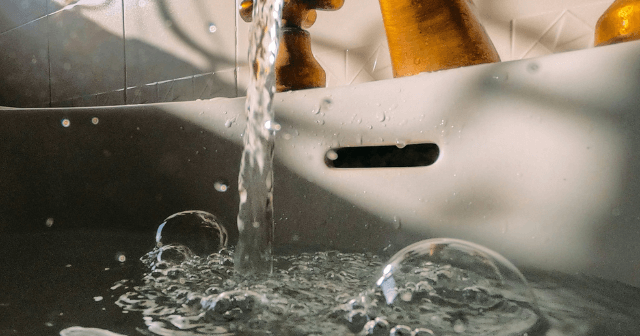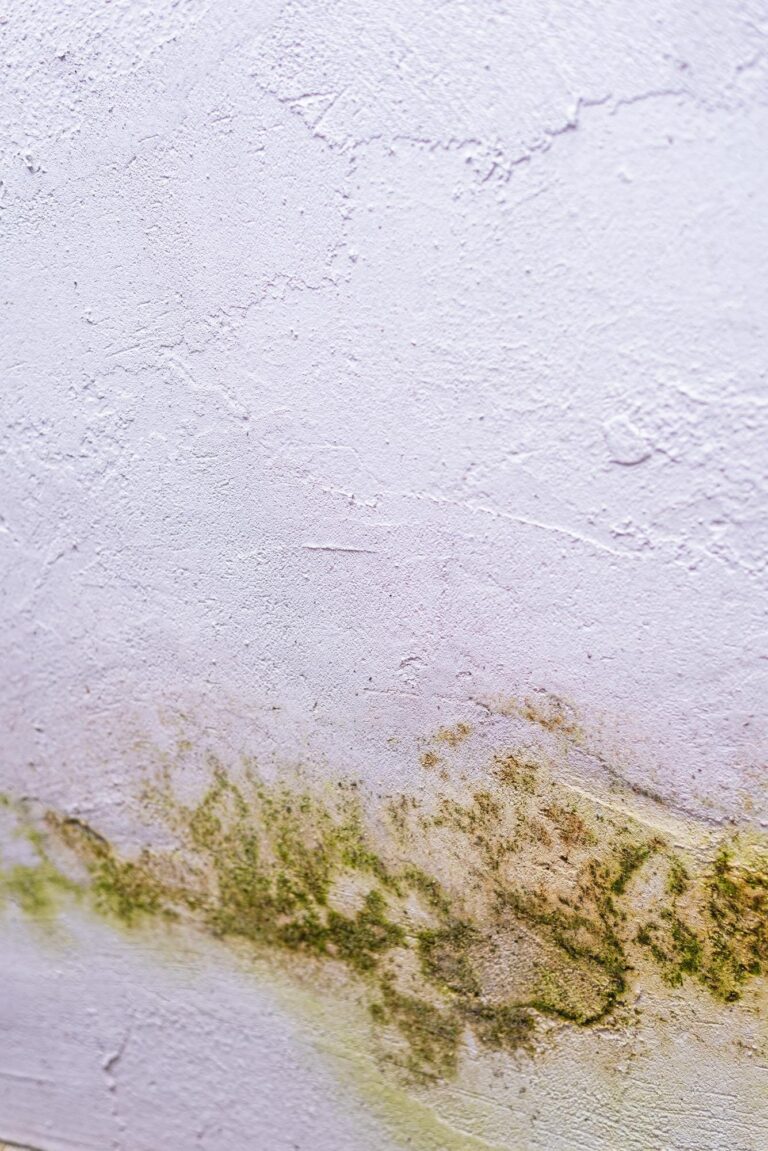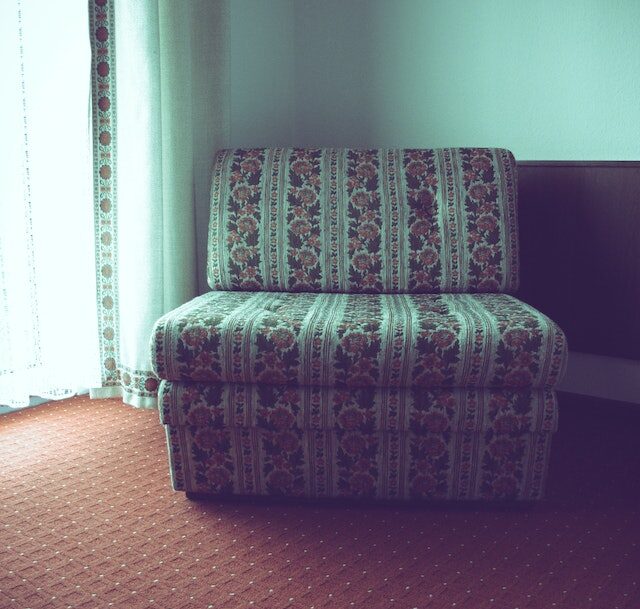Water damage can be a costly scenario in your home or business. One way to prevent water damage before it occurs is by dealing with overflow problems in the toilet, tub, or sink. When water overflows in any of these basins, it can cause significant damage to your possessions and structural elements.
A toilet overflow occurs when the main basin spills over the top of the toilet seat. For a sink, the basin will continue to fill with water if there is some sort of blockage in the drain pipe. Even bathtubs can overflow, especially since many of them do not include overflow holes.
How to Know You Have Toilet, Tub, or Sink Overflow
Recognizing the signs of a potential overflow problem is key to preventing more water damage in your home. Here are a few of the signs to keep an eye out for so that you can mitigate the problem before it becomes expensive.
Toilet Overflow Signs
The most common sign of an overflowing toilet, or one that will overflow soon if you are not careful, is rising water after the toilet is flushed. Flushing should immediately send water in the basin down the drain pipe, so if the level of the water rises, it is likely because of a blockage in the drain pipe. Another sign that can indicate a toilet overflowing is the tank refilling slower than normal.
Tub Overflow Signs
If you notice that the tub is draining slower than normal, or water is pooling while you shower at a faster rate, this indicates that the drain pipe is blocked by debris. Another sign to watch for is water stains on the ceiling or wall directly below your bathtub.
Sink Overflow Signs
The same indicators are present for kitchen or bathroom sink overflow. If the water is suddenly draining much slower, there is probably a clog.
What Are the Causes of Toilet, Tub, or Sink Overflow?
Dealing with plumbing issues may sound a little above your pay grade. But if you know what can cause an overflow in your kitchen or bathroom sink, toilet, or tub, then it is much easier to avoid flooding issues.
Clogged Drains
Clogged drains are the most common cause of overflows. Drain pipes are attached to all water fixtures to remove used water from the property. Water cannot exit the basin if solid debris has built up in these drains. A clogged toilet drain may result from human waste, excess toilet paper, sanitary napkins, and wipes. A kitchen sink could be blocked by food and grease. Your bathroom sink and tub can clog due to hair or other items.
Blocked Tub or Sink Overflow Hole
Many water fixtures are designed with an overflow hole. This overflow hole typically resides near the top of the basin and allows water to spill into the overflow channel before reaching the top. However, if these overflow drains are blocked by debris, excess water cannot escape through the tub or sink overflow hole. If the faucet is left on, the water will continue to rise past this feature.
Overflowing Tank
Sometimes the toilet tank on the back can overflow rather than the main basin. A disconnected float ball or a malfunctioning valve often causes this. Either way, the water that flows into the tank after flushing could end up overflowing in the tank. In an even worse scenario, the cause of the overflow could be a sewage backup or a blockage in the septic tank.
What to Do If You Have an Overflow
Before that overflow spills out of the basin in your water fixture, you need to respond quickly. Any delays could result in significant damage to your bathroom, kitchen, or basement. Preventing debris buildup through regular cleaning can help you avoid this step entirely, and some household solutions include boiling water or baking soda mixtures.
Shut Water Off
Before you try to remove excess water or unclog the blockage, you need to cut off the water flow. You can do this by shutting the valve that controls the water supply to the toilet. Usually, this valve is located by the wall directly behind or next to the toilet. If there is no shutoff valve there, you may need to shut off the supply to the whole house to prevent spillage.
Plunge the Clog
Most drain clogs can be removed with a plunger. Although plungers are traditionally used for toilets exclusively, they can also come in handy for a tub or sink overflow issue. You may want to remove some of the standing water into a small container first while wearing rubber gloves so it does not spill over the sides while you plunge.
Snake the Toilet Bowl Drain
For toilets, blockages may be a little harder to reach, especially if they are further down. In this case, you will need to snake the toilet bowl drain. This requires a specialized snake drain tool that can move through the curves of this part of the pipe and remove any debris buildup. For a sink, you can use a sink-cleaning brush. If the sink overflow hole is blocked, you can use a pipe cleaner, a cleaning solution with baking soda, or boiling water.
Call a Professional Restoration Service
If you cannot figure out how to fix your water overflow problem, or damage has already occurred because of the spill, you need professional water damage restoration to return your property to its pre-incident condition.
PacWest Restoration is the team you can call to handle all your water damage restoration needs, including those caused by overflows. Give us a call today to handle your overflow emergency at 503-746-6545.



